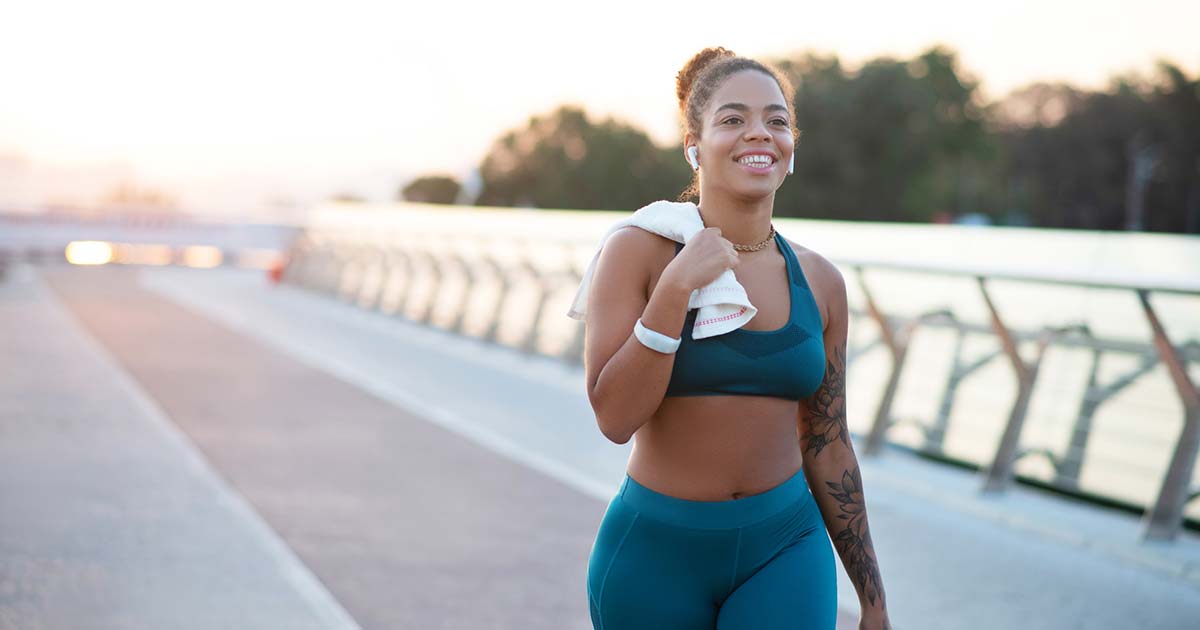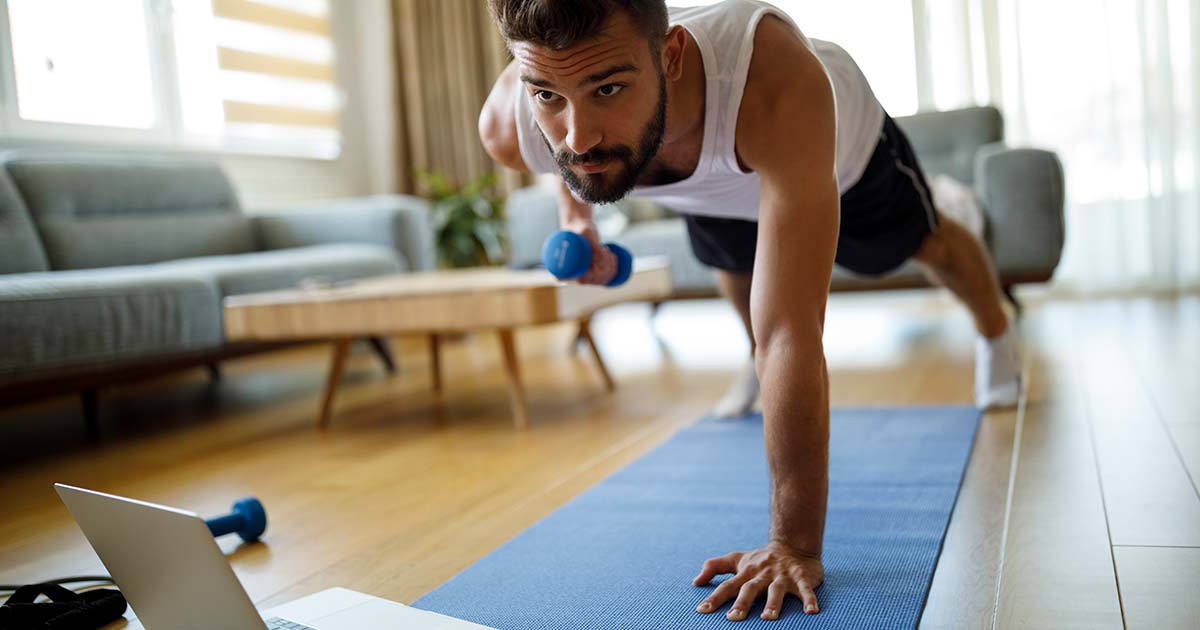
Advice to improve your movement, fitness, and overall health from the #1 in orthopedics in the U.S.
8 Tips for Staying Safe and Motivated in the Heat
Summer temps present new challenges for sticking to your workout – and keeping yourself healthy. Read on for tips on hot-weather exercise.
Advice to improve your movement, fitness, and overall health from the #1 in orthopedics in the U.S.
With summer in full force, it can get tough to get outside and moving. Excuses abound (it’s too hot! I’ll get sunburn! I’ll melt!). But sky-high temps don’t mean your workout routine has to go cold. Here, Jordan D. Metzl, MD, primary sports medicine physician at HSS, gives guidance on how to keep your drive high — and how to continue to exercise safely outdoors — when the temperatures soar.

1. Start and end slowly. It may seem counterintuitive to need to “warm up” in the heat, but you should always begin exercising gradually to help your body adjust to the weather. Walk for an easy pace for at least five minutes before you start to go faster. Cool down as well by easing out of your workout, continuing moving at a slower pace before stopping completely. And always end your exercise session with a set of whole-body stretches.
2. Set a new goal. Give yourself a target that’s realistic, specific and achievable, particularly in the summertime when you know that temperatures may make some goals more challenging. Some ideas to get you going: Sign up for a charity race, resolve to walk every day for 30 days or vow to walk your dog for a mile twice a day.
3. Choose your time wisely. The sun is strongest between 10:00 am and 3:00 pm, so try to avoid outdoor exercise during those hours. No matter what time you’re working out, stick to shady areas if possible. And slather on a water-resistant sunscreen of at least SPF 30.
4. Switch it up. Try doing something out of the ordinary to keep things fresh for your body and mind. If you usually swim indoors, try an outdoor pool for a change of pace. Swimming is a super option for summertime exercise because you can get your heart rate up for a full-body workout without stressing your joints, and you won’t have to worry about overheating. If you’re a Peloton die-hard, take one of your rides outside, or do a guided walk or run on the Peloton app.
5. Get the right gear. Dressing in the right clothing is crucial in keeping you comfortable no matter what the thermometer reads. Choose lightweight, light-colored, sweat-wicking clothing and socks. Looser-fitting clothes allow for easier air circulation. Having more skin exposed—a tank instead of a t-shirt, say—also allows for more-efficient body cooling. If you’re walking at sunrise or sunset, make sure you wear some sort of reflective material. Choose shoes that are lightweight and well ventilated. And don’t forget the UV-blocking sunglasses. They’re not just a fashion statement at the height of the summer—UV rays can raise your risk of eye diseases, including cataracts and cancer.
6. Meet a friend. You’ll be less likely to abandon your workout when you’re meeting someone. Plus, working out with a buddy is just more fun. It might also be a good time to give group exercise a try through a local running club or outdoor yoga class.
7. Stay hydrated. It’s logical that when the weather heats up, you sweat more, which can lead to dehydration. Make sure you drink at least 16 to 20 ounces of fluid an hour or two before activity, then 6 to 12 ounces every 10 to 15 minutes while you’re outside. When you’re done, drink at least another 16 to 24 ounces to replace the fluid you’ve lost. Water is best, but if you’re exercising more than an hour or sweating excessively, consider adding an electrolyte replacement.
8. Be aware of the heat index. The thermometer doesn’t tell the whole story. Better to look at the heat index, which reflects the combination of heat and humidity and can usually be found alongside the temperature on many weather websites. When the combined heat and humidity index is greater than 80, you’re at higher risk for heat-related illness so consider taking your workout indoors when the heat index is high.
Published 7/28/2021


